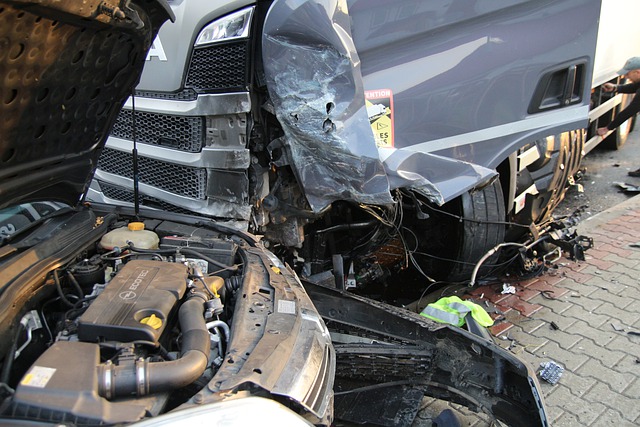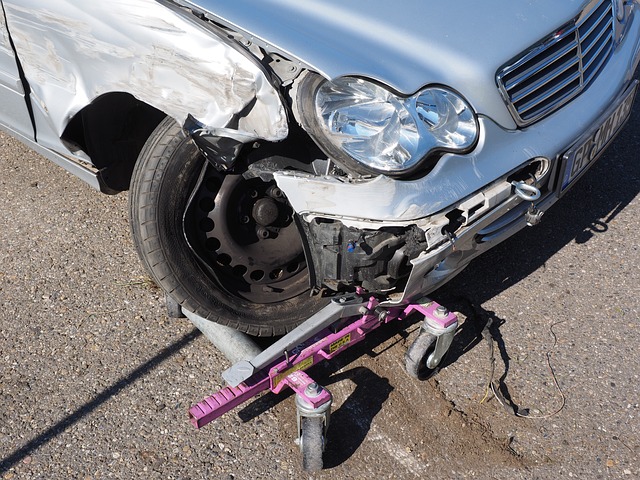
Hitting the brakes on unexpected car insurance price hikes? You’re not alone. For many drivers, car insurance has become a growing expense, leaving us wondering, is there a limit to how high these insurance premiums can climb? In this article, Cheap Insurance peels back the hood on what drives car insurance costs, explores current trends, and takes a peek into the future to see what lies ahead for our insurance policies.
Key Takeaways:
- Multiple factors impact car insurance costs, including driving record, car type, location, and coverage options.
- Nationally, car insurance rates are on the rise.
- Inflation and rising repair costs are significant contributors to increasing auto insurance premiums.
- Technological advancements and usage-based insurance have the potential to stabilize insurance prices.
- Drivers can save money by comparing car insurance quotes, raising deductibles, maintaining clean records, and taking advantage of car insurance discounts.
Understanding Car Insurance Costs
Car insurance companies are in the business of managing risk. The more likely they believe you are to file a claim, the higher your car insurance premium will be. Several factors contribute to your risk profile and ultimately, your car insurance rate.
Driving Record: Accidents, speeding tickets, and DUIs all point to a higher risk of future incidents. Drivers with clean driving records can expect significant discounts on their insurance.
Car Type: Safer cars with advanced safety features typically come with lower car insurance costs. Expensive sports cars or vehicles with a history of frequent thefts will be more expensive to insure.
Location: Traffic congestion, accident rates, and crime rates all vary by location. Urban areas with higher accident rates will likely lead to higher insurance costs compared to rural areas.
Coverage Options: Liability insurance, the minimum required by law is the most basic vehicle insurance coverage. Adding comprehensive and collision coverage will increase your auto insurance cost, but offer broader protection.
Age and Experience: Young drivers with less experience are statistically more likely to be involved in accidents. As you gain experience, your automobile insurance typically decreases.
Credit Score: In many states, your credit score can be a factor in determining your car insurance rate. Insurance companies correlate between lower credit scores and a higher likelihood of filing claims.

How Much are We Paying Now?
According to a 2024 report by CBS News, the average U.S. rate for full car insurance coverage reached a staggering $2,543 per year. This represents a 26% increase from just two years prior. It’s important to note that this is a national average, and rates can vary significantly by state and even by zip code.
For example, CBS News also reported that data from a LendingTree analysis in 2024 found that California drivers could expect an average increase of 11.5% on their car insurance, with some areas like Beverly Hills reaching annual car insurance premiums as high as $3,048.
How Rising Costs Impact Premiums
Inflation is a major factor driving up car insurance costs. The rising price of car parts, especially those with a heavy reliance on computer chips, makes repairs more expensive. This translates to higher payouts for insurance companies when accidents occur, prompting them to raise insurance rates to offset these costs.
Beyond parts, labor shortages in the auto repair industry can also contribute to rising repair costs. With fewer technicians available, repairs take longer, leading to increased rental car expenses for insurance companies while vehicles are in the shop.
Are We Seeing More Accidents on the Road?
While definitive data on accident rates is still emerging for 2024, several factors suggest a potential increase in car accidents. Traffic congestion is on the rise in many parts of the country as pre-pandemic commuting patterns return. This translates to more cars on the road and a higher likelihood of accidents.
Distracted driving also remains a major concern. The prevalence of smartphones and in-car technology can divert a driver’s attention, increasing the risk of accidents.
How Rising Repair Costs Affect Premiums
The rising cost of car repairs has a direct impact on car insurance premiums. When accidents occur, insurance companies are on the hook for repairs. With parts and labor costs on the rise, these repair bills are becoming more expensive.
To offset these costs, insurance companies raise insurance premiums. This creates a cycle where rising repair costs lead to higher premiums, which can then lead to drivers skimping on coverage or dropping insurance altogether, potentially increasing the number of uninsured drivers on the road.
Can We Expect More Price Hikes?
Predicting the future of car insurance prices is difficult, but industry experts offer some insights. The rising costs of repairs, parts, and labor are likely to continue putting upward pressure on premiums for the near future. However, some potential mitigating factors could offer a glimmer of hope for drivers:
Technological Advancements: The development of self-driving cars and advanced driver-assistance systems (ADAS) has the potential to significantly reduce accidents in the long run. Fewer accidents would translate to lower car insurance payouts for companies, potentially leading to stabilized or even reduce auto insurance rates.
Telematics and Usage-Based Insurance: Pay as you go insurance models based on driving behavior are becoming increasingly popular. These programs reward safe drivers with lower vehicle insurance costs, potentially creating a more balanced risk pool for insurance companies and potentially stabilizing prices.
Regulatory Changes: Governments might explore regulations to address rising repair costs or limit the use of credit scores in determining insurance rates. Such changes could lead to a more level playing field for drivers.

Taking Control of the Wheel: How to Save on Car Insurance
While the future of car insurance prices might be uncertain, there are steps you can take to save money on your current car insurance:
Raise Your Deductible: Increasing your deductible, the amount you pay out of pocket before insurance kicks in, can result in a lower automobile insurance rates. However, choose a deductible you can comfortably afford in case of an accident.
Maintain a Clean Driving Record: Avoiding accidents and traffic violations is the single most effective way to keep your insurance rates down.
Take Advantage of Discounts: Many insurance companies offer car insurance discounts for things like good student grades, low mileage driving, taking defensive driving courses, insuring multiple vehicles, or owning safety features like anti-theft systems.
Review Your Coverage Regularly: As your car ages and your driving habits change, your insurance needs might evolve. Regularly review your car insurance policy and adjust it accordingly to ensure you’re not paying for unnecessary coverage.
The cost of car insurance is a major concern for drivers, and recent trends indicate a continued upward trajectory for prices. While factors like inflation, rising repair costs, and potential increases in accidents contribute to this trend, there are also potential mitigating factors on the horizon, such as technological advancements and regulatory changes.
The best approach for drivers is to be informed consumers. Understanding the factors affecting car insurance costs and actively shopping around for the best car insurance rates can help you save money. Staying informed about new technologies and potential regulatory changes can also empower you to make informed decisions about your auto insurance policy in the future.


